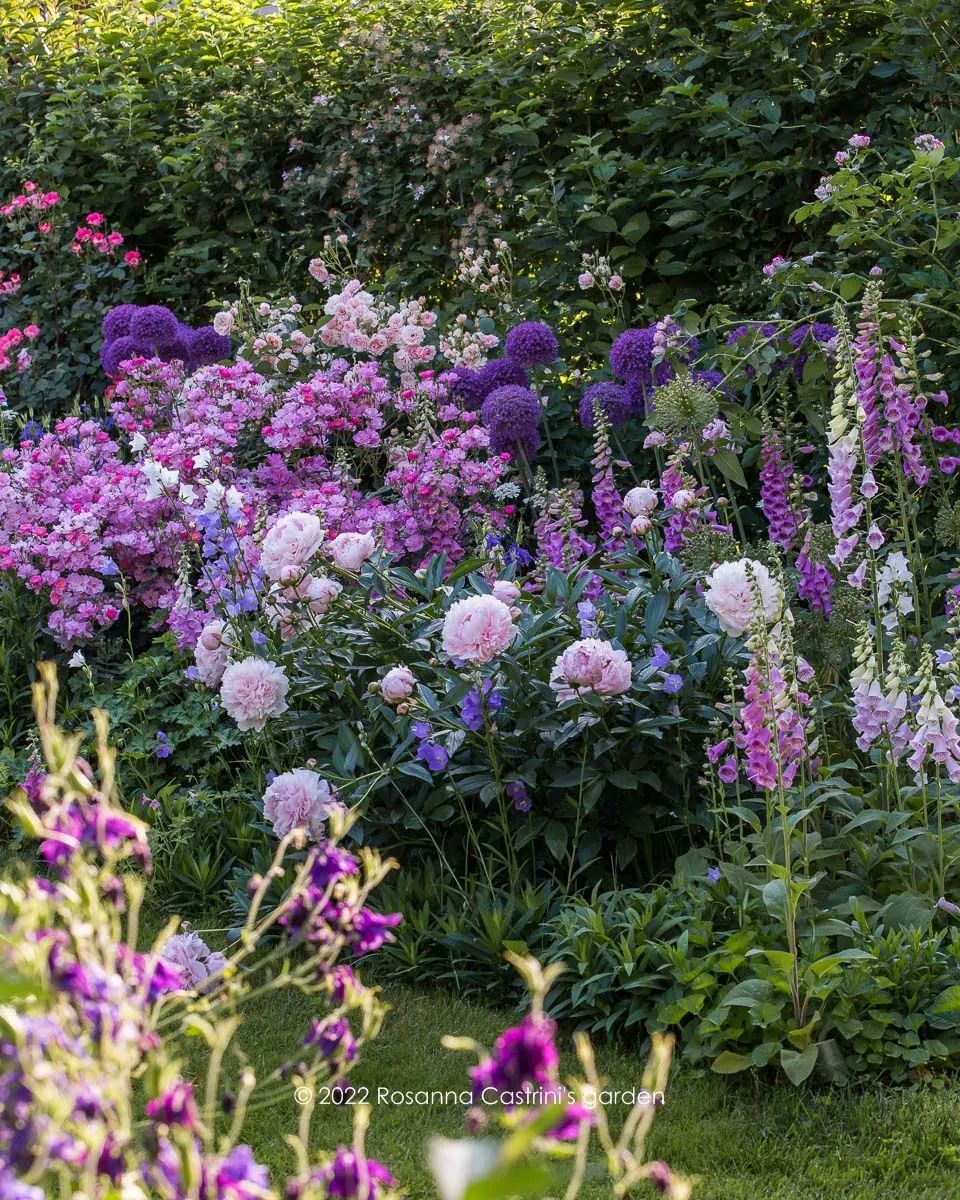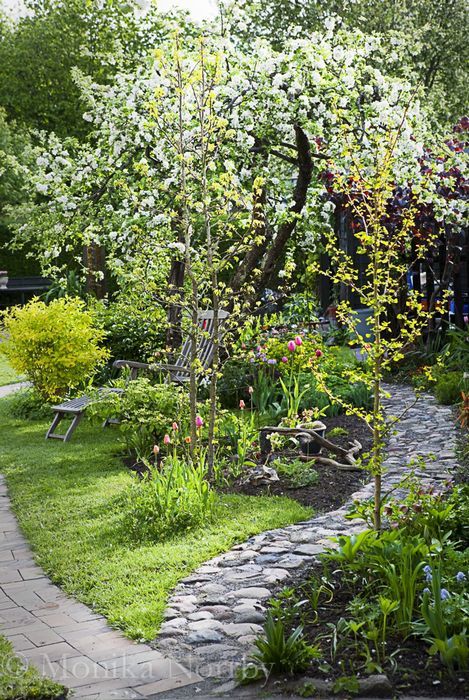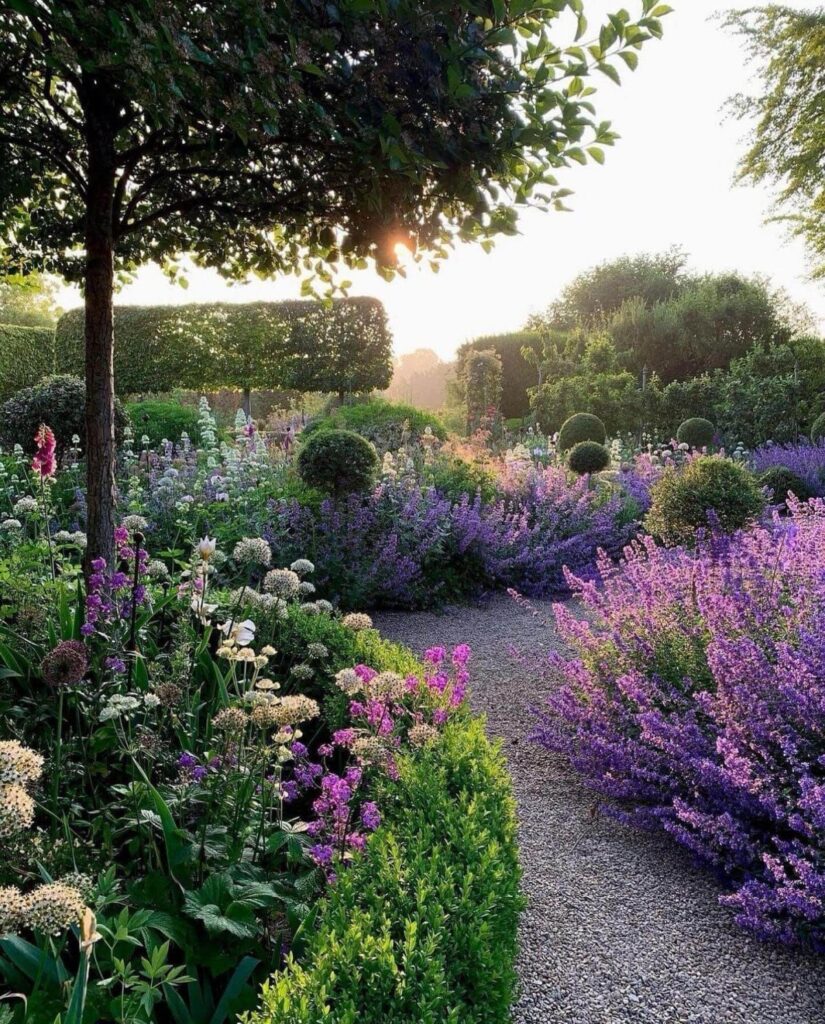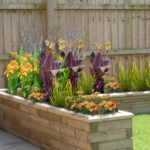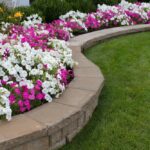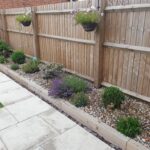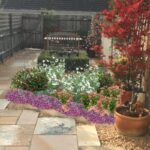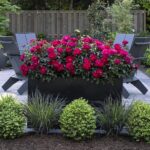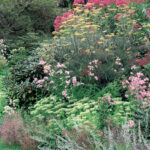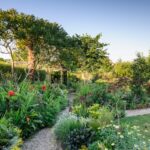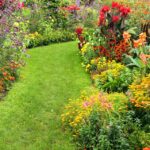Garden design borders are an essential element of any well-planned garden. They not only serve as a physical barrier to separate different areas, but they also add aesthetic appeal and structure to the overall design. When creating garden borders, there are several factors to consider, such as the type of plants, the style of the garden, and the overall theme.
One of the first things to consider when designing garden borders is the type of plants you want to incorporate. Whether you prefer colorful flowers, lush greenery, or a mix of both, it’s important to choose plants that will complement each other and thrive in your local climate. Consider the height, color, and texture of the plants to create a harmonious and visually pleasing border.
In addition to plant selection, the style of the garden will also play a key role in determining the design of the borders. For a formal garden, consider using symmetrical borders with neatly trimmed hedges or rows of flowers. In a more relaxed or natural garden, opt for a more free-form border with a mix of plants and a more organic shape. The style of the garden should dictate the design of the borders to ensure a cohesive and harmonious overall look.
When planning garden borders, it’s important to consider the overall theme or concept of the garden. Whether you prefer a traditional English garden, a contemporary minimalist design, or a whimsical and eclectic style, the borders should reflect and enhance the overall theme. Consider incorporating elements such as decorative stones, edging materials, or ornamental features to tie the borders into the rest of the garden design.
Another important consideration when designing garden borders is the maintenance and upkeep of the plants. Choose plants that are well-suited to the amount of light, soil conditions, and water availability in your garden to ensure they thrive and require minimal maintenance. Consider incorporating evergreen plants or shrubs for year-round interest and structure, and choose low-maintenance plants that will require little pruning or deadheading.
In conclusion, garden design borders are an essential element of any well-planned garden. By carefully considering plant selection, garden style, theme, and maintenance needs, you can create borders that not only separate different areas of the garden but also add beauty and structure to the overall design. Whether you prefer a formal, symmetrical border or a more natural, free-form design, there are endless possibilities for creating borders that will enhance the beauty and functionality of your garden.
